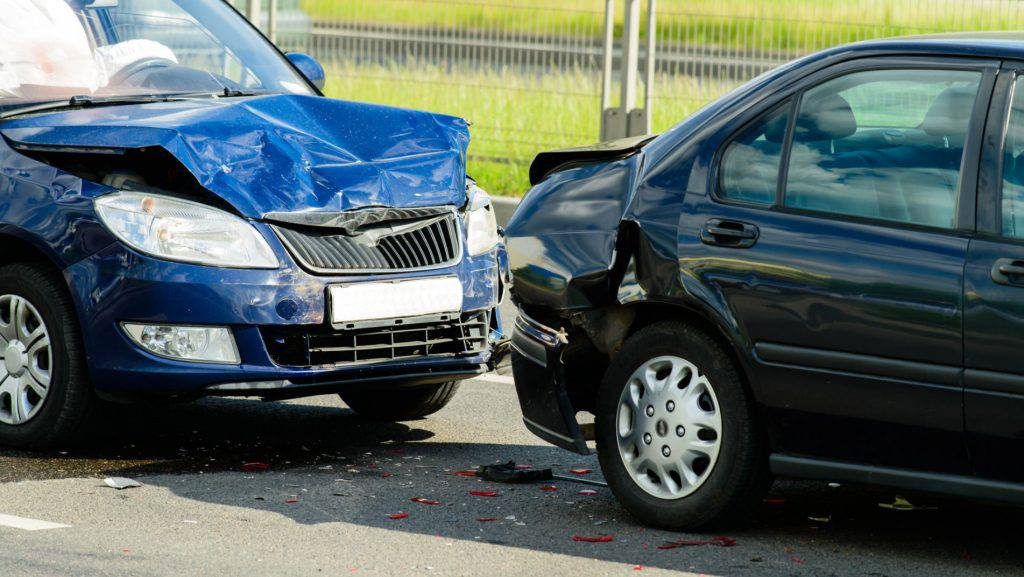While the roads across the country have become less congested as more people stay at home during the COVID-19 pandemic, there are still going to be times when a fleet driver may find him or herself involved in a collision.
In the case of a minor collision, where neither party is injured, the people involved would pull to the side of the vehicle, walk up to each other and begin exchanging information.
But in a world where the Center for Disease Control recommends people to keep at least six feet apart from each other in order to prevent the spread of COVID-19, certain steps have changed in the process of exchanging information.
We reached out to AAA to see if it had any guidance in maneuvering through the post-collision process.
The main change is to not physically exchange insurance cards or any type of identification card, according to AAA. Instead, share any needed insurance and license information verbally, with each person involved writing down the information, AAA added.
Since you’ll be exchanging phone information, you can also take photos of the needed identifying cards and send that to the other person. The goal is to abide by CDC recommendations and stay six feet apart.
In the event that your vehicle is non-operational after the collision, don’t hitch a ride with the tow truck operator, if possible as the distance in the cab of the tow truck between the operator and you will likely be less than six feet.
“If your car needs to be towed, consider making arrangements for your own transportation — again, to adhere to social distancing recommendations as much as possible,” according to AAA.
Apart from this guidance, AAA also provided a general checklist of things to do after an accident.
The first is to assist anyone involved in the accident that may have been injured. If anyone requires medical attention, call 911.
After that, ensure that all vehicles have been moved to a safe place, trying your best to not block oncoming traffic.
Then notify the police and submit a report. The police might not come to the scene of the collision, and that’s OK, you can file a report by visiting a local police department or automobile insurance agency. However, police departments and insurance agencies might have new policies pertaining to outside visitors at this time, so it may be a good practice for fleet managers to check with local agencies right now to have that information available for your drivers before a collision occurs.
Afterward document the scene and exchange information. This step involves taking photos of the involved vehicles to assess damage, taking photos of the surrounding area, and exchanging the information such as names, addresses/emails, vehicle information (makes, models, years), VIN/license plate numbers, driver’s license numbers, and insurance carriers and policy numbers.
This information mainly applies to fleets that are insured by an insurance company. While it may not all apply to fleets that self-insure, it will still be a good practice to stay six feet apart while speaking to the other person or people involved and to have arrangements set in place to transport people in the event they get into an accident in order to reduce potential exposure to COVID-19.
by AF Staff
Source: https://www.automotive-fleet.com
FLEET MANAGEMENT AUDIT
Fleet management is the use of a set of vehicles in order to provide services to a third-party, or to perform a task for our organization, in the most efficient and productive manner with a determined level of service and cost.
Fleet management activities are shown in the following graph 1:

Graph 1: fleet management activities
The proposal audit analyses and assesses all fleet management activities shown in the graph 1, and its main goals are:
- Know the overall status of the fleet management activities
- Provide the analysis, the assessment, the advice, the suggestions and the actions to take in order to cut costs and increase the efficiency and efficacy of the fleet management activities
With the information obtained, we’ll elaborate a report that holds the overall status of the fleet management as well as the suggestions, recommendations and the measures to take in order to cut costs and optimize the fleet management activities.
CLICK ON THE FOLLOWING LINK TO DOWNLOAD THE PROPOSED FLEET MANAGEMENT AUDIT:



